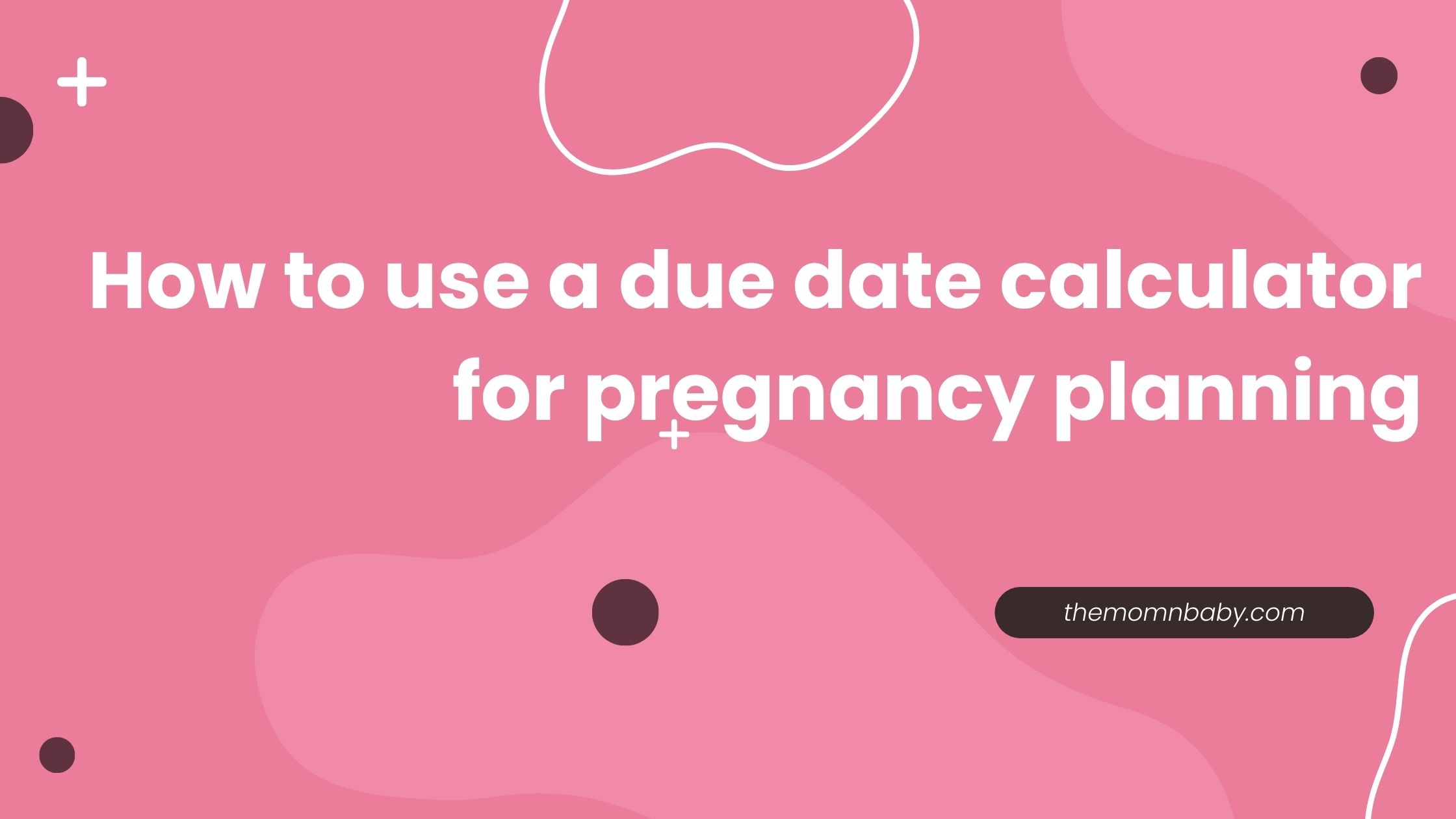
Endometriosis is a condition that happens when some body tissue that’s a bit like the lining of the uterus starts growing in places it shouldn’t, like outside the uterus. This can cause a lot of pain, make it hard to have babies, and create problems with your stomach and bladder. It can also make you feel bad in your body and mind, affecting how you live your life.
Did you know that 1 out of every 10 people born with a uterus has endometriosis? But even though it’s common, it often takes a long time to figure out you have it, and sometimes, doctors don’t quite understand what’s going on. This can lead to misunderstandings and wrong ideas about the condition.
Understanding Endometriosis : Symptoms Diagnosis And Treatment
In this article, we’ll help you learn more about what endometriosis is all about.
Where Endometriosis Can Happen?
Endometriosis isn’t picky about where it shows up in your body. It can grow in lots of different places outside of the uterus. Here are some of the spots where it can be found:
- Ovaries (the little egg-making organs)
- Fallopian tubes (these connect the ovaries to the uterus)
- Uterus (the place where a baby grows)
- Peritoneum (a lining inside your belly)
- Uterosacral ligaments (tough strings that hold up the uterus)
- Pouch of Douglas (an area between the uterus and the rectum)
- Bladder (the organ that holds pee)
- Bowels (part of your digestive system)
- Appendix (a small tube near your intestines)
- Rectovaginal space (a spot between the vagina and the rectum)
- Diaphragm (a big muscle used for breathing)
- Ureters (these carry pee from your kidneys to your bladder)
- Kidneys (organs that clean your blood)
- Liver (an important organ in your belly)
- Lungs (where you breathe)
People used to think that endometriosis only happened near the reproductive organs, but that’s not true. It can actually happen almost anywhere in your body. For a long time, the spleen was the only place where endometriosis hadn’t been seen, but in 2022, doctors found the first case of it there too!
Sometimes, it’s found in the bowels, which can be the case in up to 12% of people with this condition. It’s often seen in the rectum and the sigmoid colon, which are parts of the big intestine.
Endometriosis and Urinary Tract
Endometriosis in the urinary tract (where you pee) is pretty rare, happening in only about 1% of cases. When it does happen, it’s more likely to be in the bladder than in the ureters, which are the tubes that carry pee from your kidneys to your bladder.
Usually, this condition is found inside the pelvic area, but sometimes it’s found in other parts of the body outside of the pelvis.
What Causes Endometriosis?
Doctors and scientists are still trying to figure out exactly what causes, but there are two main ideas they’re exploring:
Metaplasia:
This is like when one type of cell in your body changes into another type. Some experts think that endometriosis might happen because of changes like this. One theory is that when babies are growing in their mom’s belly, something goes a bit wrong in the development of their female reproductive parts. This could lead to this situation later in life. Another theory suggests that special cells in the inner part of your body might turn into endometriosis tissue.
Retrograde Menstruation:
This idea has been around for a long time. It suggests that during your period, instead of blood flowing out like it should, some of it goes backward into your belly. This blood might carry tissue from the lining of your uterus and plant it where it doesn’t belong, causing endometriosis to grow. But many experts are now moving away from this theory because it doesn’t explain everything about this.
Is Endometriosis Genetic?
Yes, there seems to be a genetic link. If someone in your family, like your mom, sister, or daughter, has endometriosis, you might be more likely to have it too. Having a family history of this condition can make your symptoms worse and make them start earlier in life.
In a big study in 2023, researchers found that there’s a genetic connection between endometriosis and other painful conditions, like arthritis, fibromyalgia, asthma, migraines, and irritable bowel syndrome. This means that if you have endometriosis, you might also be more likely to have these other pains.
Other Ideas
There are more theories about what might cause endometriosis. Some experts think it could be because of issues with your immune system, hormones, stress on your body, special cells called stem cells, or even tissue getting moved to the wrong place during surgery. But not everyone agrees on which theory is right, and some think there might be more than one cause of this because it shows up differently in different people. Researchers are still working hard to understand it better.
What Are the Common Symptoms of Endometriosis?
Endometriosis can affect each person differently, but the most common symptom is pain. In fact, more than 60% of people with this, are experience chronic pelvic pain.
Other symptoms include:
– Pelvic Pain: This pain can happen all the time or only during certain times, like your period.
– Sex : Sex can be uncomfortable or even painful.
– Painful Bowel Movements: Going to the bathroom can hurt.
– Urination Pain: Peeing can also be painful.
– Trouble Getting Pregnant: Some people with endometriosis have a hard time having a baby.
– Feeling Very Tired: Endometriosis can make you feel really exhausted.
– Feeling Sad or Anxious: It can also affect your mood.
– Stomach Problems: You might have constipation or diarrhea.
– Feeling Sick: Nausea, like you’re going to throw up, can happen.
– Severe Bloating: This is sometimes called “endo belly.”
What Are the Different Stages of Endometriosis?
Doctors classify endometriosis into four stages based on how much of it there is and where it’s located. Importantly, the stage doesn’t necessarily match how bad your symptoms are. For example, someone with a low-stage of this can have severe symptoms, while someone with a high-stage endometriosis might have no symptoms at all.
When to Go to the Doctor?
If you have any of these symptoms, it’s a good idea to talk to a healthcare provider you trust. Tell them about your symptoms and when they happen. Also, let them know if anyone in your family has or if you’ve had trouble getting pregnant.
Why Is Endometriosis Difficult to Detect Quickly?
It often takes a long time for people with endometriosis to get a diagnosis. On average, it can take seven to nine years from when symptoms start to when it’s finally diagnosed. This happens for a few reasons:
– Some doctors might think that period pain is normal, so they don’t investigate further.
– Not many people know about endometriosis, so it’s not always considered as a possible cause.
– Some treatments like birth control or hormonal therapy can mask the symptoms, making it harder to diagnose.
These delays can be a big problem because it can get worse over time and lead to more pain, trouble getting pregnant, and other health issues.
Who Should Consult for Endometriosis?
If you suspect you have endometriosis, it’s best to see a doctor who specializes in it. Look for someone who focuses a lot on treating this condition patients. There are doctors who are experts in this field, so try to find one if you can.
How Can You Find a Specialist for Endometriosis?
You can find endometriosis specialists through directories like iCareBetter. These doctors are recommended by other top Specialists from around the world.
How Is Endometriosis Diagnosed?
The only way to officially diagnose endometriosis is through a surgery called laparoscopy. During this procedure, a surgeon removes a small piece of tissue that looks like endometriosis. They then send this tissue to a specialist called a pathologist who examines it under a microscope to confirm the diagnosis.
Before surgery, your healthcare provider might recommend other tests like blood tests, ultrasounds, or MRI scans to rule out other possible causes. But remember, these tests can’t diagnose endometriosis, and even if the results are negative, it doesn’t rule out the condition.
Treatment Options for Endometriosis
The most effective treatment for endometriosis is a type of surgery called excision surgery. During this surgery, the endometriosis lesions are carefully cut out and removed. This surgery is best performed by specialists who have a lot of experience with this condition.
Depending on your goals for treatment, your healthcare provider might also suggest non-surgical approaches to manage your symptoms. These can include pain medications, birth control, and hormonal treatments.
Ablation vs. Excision Surgery for Endometriosis: Which is Better?
There are two main types of surgery: excision and ablation. In excision surgery, the endometriosis is cut out completely. In ablation surgery, the surface of the lesions is burned, leaving deeper tissue behind. Excision is generally preferred by specialists, but ablation may be used when excision isn’t possible.
Is Endometriosis a Curable Condition?
Unfortunately, there’s no cure for this. Even after surgery, it can come back. Treatment goals usually focus on managing symptoms, improving fertility if needed, and preventing the condition from getting worse.
Trying Different Ways to Feel Better with Endometriosis
Some people with endometriosis look for other ways to feel better, along with what the doctor suggests. These ways are called “complementary and alternative treatments.”
These treatments can include things like:
Herbal Remedies:
- Some use special plants to try to feel less pain. They might take these as pills or in teas.
Acupuncture:
- This is when tiny needles go into your body in specific places. It’s thought to help with pain and how you feel.
Eating Differently:
- Changing what you eat might help. Some try special diets to see if they feel better.
Other Methods:
- There are lots of other things to try, like massage, yoga, or ways to relax.
It’s important to know that while these methods might help with the pain and discomfort of endometriosis, they don’t cure the condition itself. To treat endometriosis, it’s usually best to follow the advice and treatments your doctor suggests.
Risks and Complications
Not treating endometriosis can cause big problems. It might make it hard to have a baby, cause issues with your bowels, hurt your kidneys, and even raise the chances of getting ovarian cancer. That’s why it’s really important to see a doctor if you think you might have this. Getting help early can make a big difference.
To sum it up, endometriosis is a complicated condition that comes with many different symptoms and ways to treat it. If you suspect you might have, it’s really important to contact a doctor who knows a lot about this condition. They can give you the right diagnosis and care. Getting help early can make a big difference and help you live a better life.
FAQ
Q: What is the gold standard treatment for endometriosis?
Excision surgery, where endometriosis lesions are surgically removed, is considered the gold standard treatment for this.
Q: Are there non-surgical treatments for endometriosis?
Yes, non-surgical treatments include pain medications, hormonal therapies, and lifestyle changes to manage symptoms.
Q: How can I find an endometriosis specialist?
You can find specialists through directories or by seeking recommendations from your healthcare provider or support groups.
Q: What are the complications of untreated endometriosis?
Untreated endometriosis can lead to infertility, bowel issues, kidney problems, pelvic floor dysfunction, and a higher risk of ovarian cancer.
Q: Can complementary and alternative treatments help with endometriosis?
Some people find relief from endometriosis symptoms using complementary and alternative treatments like herbal remedies, acupuncture, and dietary changes. However, these methods do not cure itself.
Q: How can I improve my quality of life with endometriosis?
– Proper diagnosis, early intervention, and a customized treatment plan can significantly improve your quality of life. It’s crucial to work closely with healthcare providers who specialize in the condition to manage symptoms effectively.





